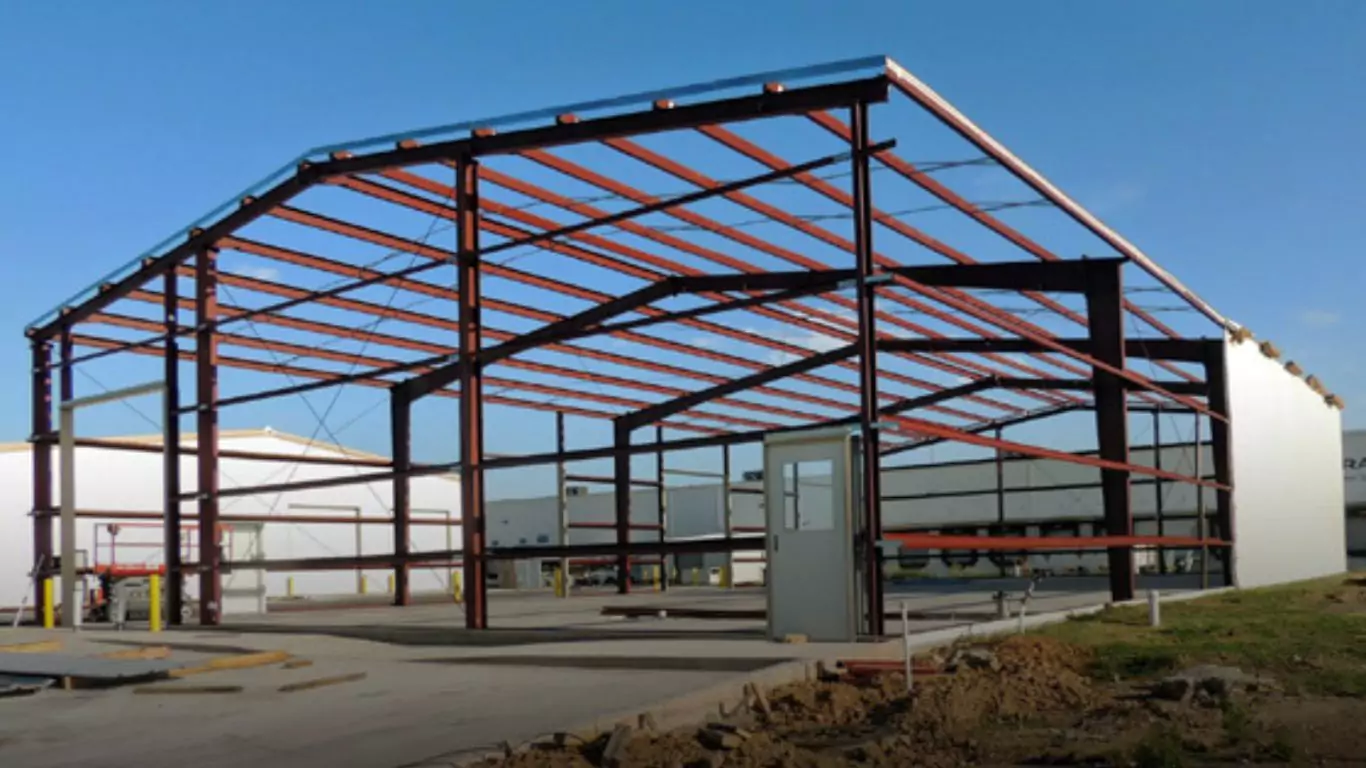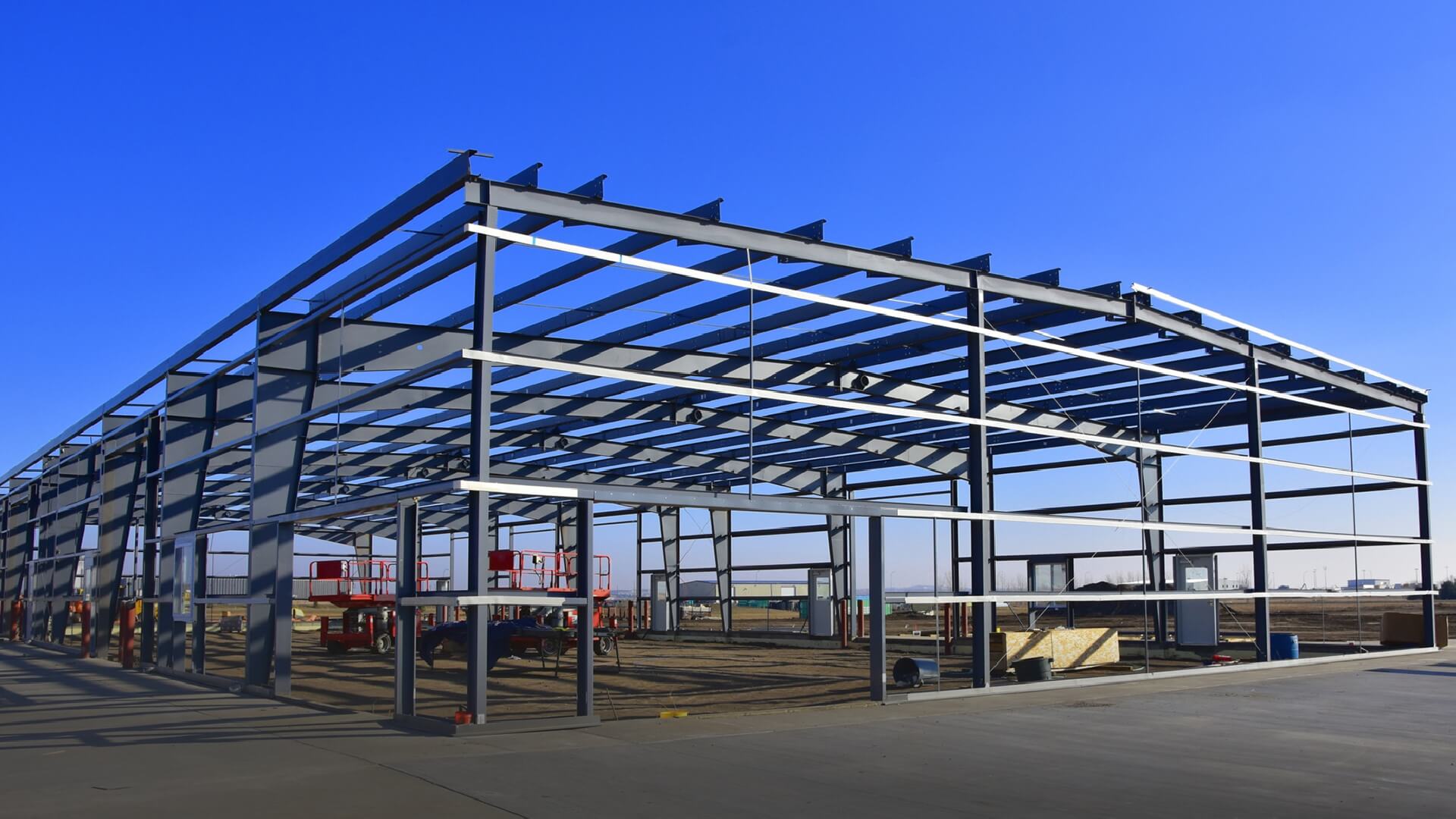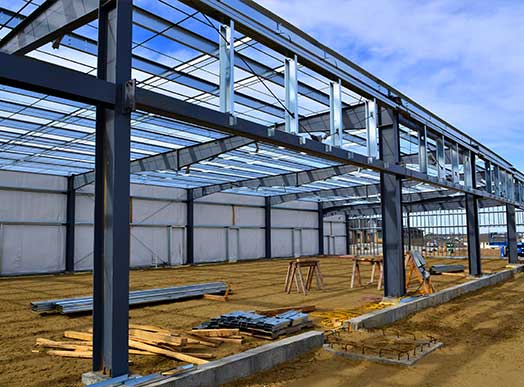In the world of modern construction, engineered buildings are setting a new standard for efficiency, durability, and versatility. With their steel frameworks and precision-built components, these structures are rapidly replacing traditional building methods in industrial, commercial, agricultural, and even residential applications. Their growing popularity is no coincidence—engineered buildings combine smart design with structural strength, offering long-term value and adaptability across various industries.
What Are Engineered Buildings?
Engineered buildings are pre-designed structures typically constructed using steel components that are fabricated off-site and assembled on location. Every element is carefully planned to meet specific load requirements, local codes, and use-case demands. Unlike conventional construction, where materials are shaped and fitted on-site, engineered buildings benefit from controlled production environments, reducing material waste and ensuring consistent quality.
These buildings are used in a wide array of settings—from warehouses and storage units to office complexes, sports facilities, and even homes. The flexibility in design and function makes them one of the most innovative solutions in the construction world today.
Key Advantages of Steel-Engineered Buildings
Steel has long been recognized for its strength and durability. When combined with precision engineering, it delivers a construction model that is hard to beat. Here are the key advantages of choosing engineered buildings:
1. Strength and Durability
Steel boasts one of the highest strength-to-weight ratios of any construction material. This means engineered buildings can endure extreme weather conditions such as heavy snow, high winds, and seismic events without compromising their integrity.
2. Faster Construction Time
Because the parts are prefabricated, assembly on-site is significantly faster than traditional construction. This can reduce overall project timelines by weeks or even months.
3. Lower Maintenance
Steel is resistant to pests, mold, and rot. Engineered buildings require less upkeep than wood-framed structures, reducing long-term maintenance costs.
4. Design Flexibility
Engineered buildings can be designed in various shapes and sizes, with custom layouts, door placements, insulation levels, and finishing touches. This versatility is ideal for adapting the structure to specific operational needs.
5. Eco-Friendly
Steel is 100% recyclable, and the production of engineered components often results in less waste than on-site construction. Energy-efficient options also contribute to a lower environmental footprint.

Common Applications of Engineered Buildings
Thanks to their modular nature and design flexibility, engineered buildings are widely used across several sectors:
- Industrial Warehouses: Large, open interiors make steel structures perfect for manufacturing and logistics operations.
- Agricultural Buildings: From barns and storage sheds to equipment shelters, these buildings are essential for modern farming.
- Commercial Units: Auto repair shops, retail outlets, and showrooms benefit from the customizability of steel buildings.
- Community and Recreational Spaces: Gymnasiums, sports arenas, and halls often use steel structures for their wide-span capabilities.
- Residential Structures: Increasingly, engineered buildings are used for garages, workshops, and even entire homes due to their affordability and speed of construction.
Cost Factors to Consider
While engineered buildings offer long-term savings, initial costs vary based on a few key elements:
- Size of the Structure – Larger buildings require more materials and labor.
- Customization – Doors, windows, insulation, and interior finishes can add to the cost.
- Location and Permits – Regional codes and transportation affect pricing.
- Foundation Requirements – Different soil types may demand varied foundation solutions.
- Installation – Although quicker, professional installation ensures structural safety and may have associated labor costs.
To ensure accurate budgeting, it’s essential to work with an experienced designer or builder who can walk you through these considerations.
Future Trends in Engineered Steel Construction
The evolution of technology and sustainability concerns are influencing how engineered buildings are designed and utilized. Some emerging trends include:
- Smart Buildings: Integration of automation systems for lighting, HVAC, and security.
- Energy Efficiency: Enhanced insulation systems, solar-ready roofing, and natural lighting solutions.
- Hybrid Designs: Mixing steel with other materials like glass or wood for modern aesthetics.
- Multi-purpose Spaces: Flexible interiors that can adapt to evolving business or lifestyle needs.
As these trends become standard practice, the demand for engineered buildings is expected to grow across both rural and urban landscapes.
Maintenance Tips for Longevity
To extend the life of any steel structure, regular maintenance—although minimal—is still important. Here are a few recommended practices:
- Inspect roof and wall panels annually for rust or damage
- Clean gutters and drainage systems regularly
- Repaint exposed steel if protective coatings wear off
- Lubricate doors and move components as needed
- Ensure insulation and vapor barriers remain intact
These small efforts will keep your engineered building functioning optimally for decades.

Conclusion
From industrial giants to residential garages, engineered buildings continue to prove their value in the construction world. Their resilience, cost-efficiency, and design flexibility make them a smart choice in a variety of sectors. Whether you’re building from the ground up or expanding existing infrastructure, these steel structures offer a reliable, long-term solution tailored to modern needs.
As the industry moves forward, expect to see engineered buildings evolve with better materials, smarter systems, and even more customization—cementing their place as the backbone of contemporary construction.
